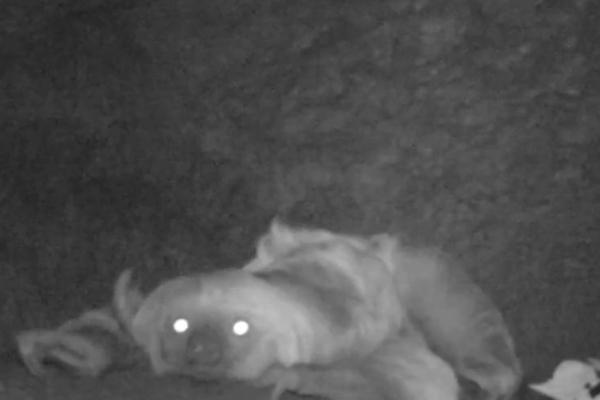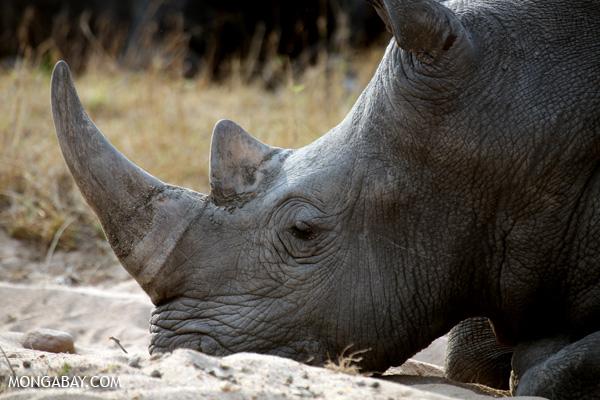What big teeth you have, my dear! The better to eat insects with—and make one’s own ecological niche. Scientists have uncovered a new bat with stupendous canines in the rainforests of Lao PDR and Vietnam, aptly naming it Hypsugo dolichodon, or the long-toothed pipistrelle. Describing the new species in ZooTaxa, the researchers say the bat is most closely related to the Chinese pipistrelle (Hypsugo pulveratus), which is found across much of eastern Asia. However, the new species not only sports longer fangs than its relative, but is also bigger altogether.
“The new bat species was trapped by Charles M. Francis and Antonio Guillén in 1997. The conspicuous differences could be seen nearly [on] first sight, but the description of the species awaited until 2014,” lead author, Tamás Görföl with the Hungarian Natural History Museum, told mongabay.com. It took 17 years to describe the new bat because researchers had to gather more evidence and compare specimens, including ones housed in museums around the world. Genetic research also clearly proved the fanged bat was, until now, unknown to science.
But why such impressive fangs?
“The large canines may be important in grabbing prey,” Görföl said. “It may allow the bat to catch larger insects or beetles with harder exoskeleton; this may be the result of niche segregation.”





